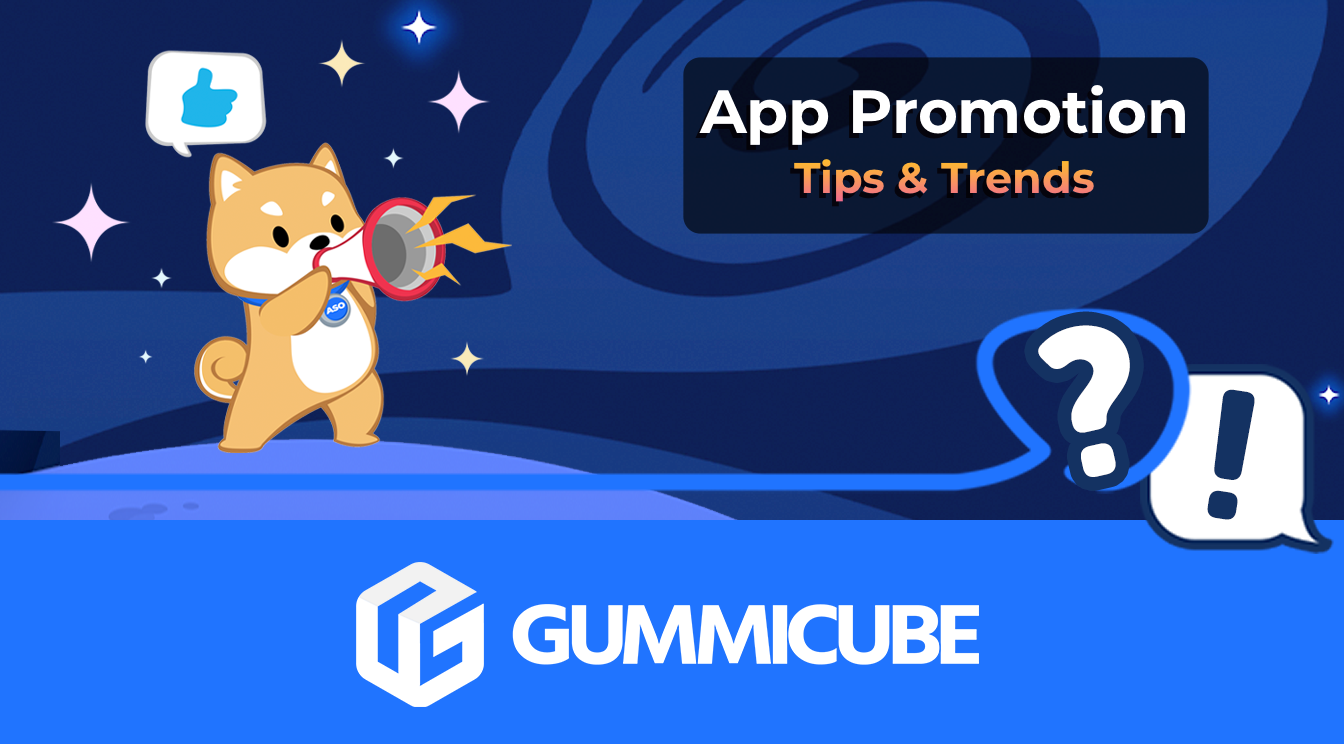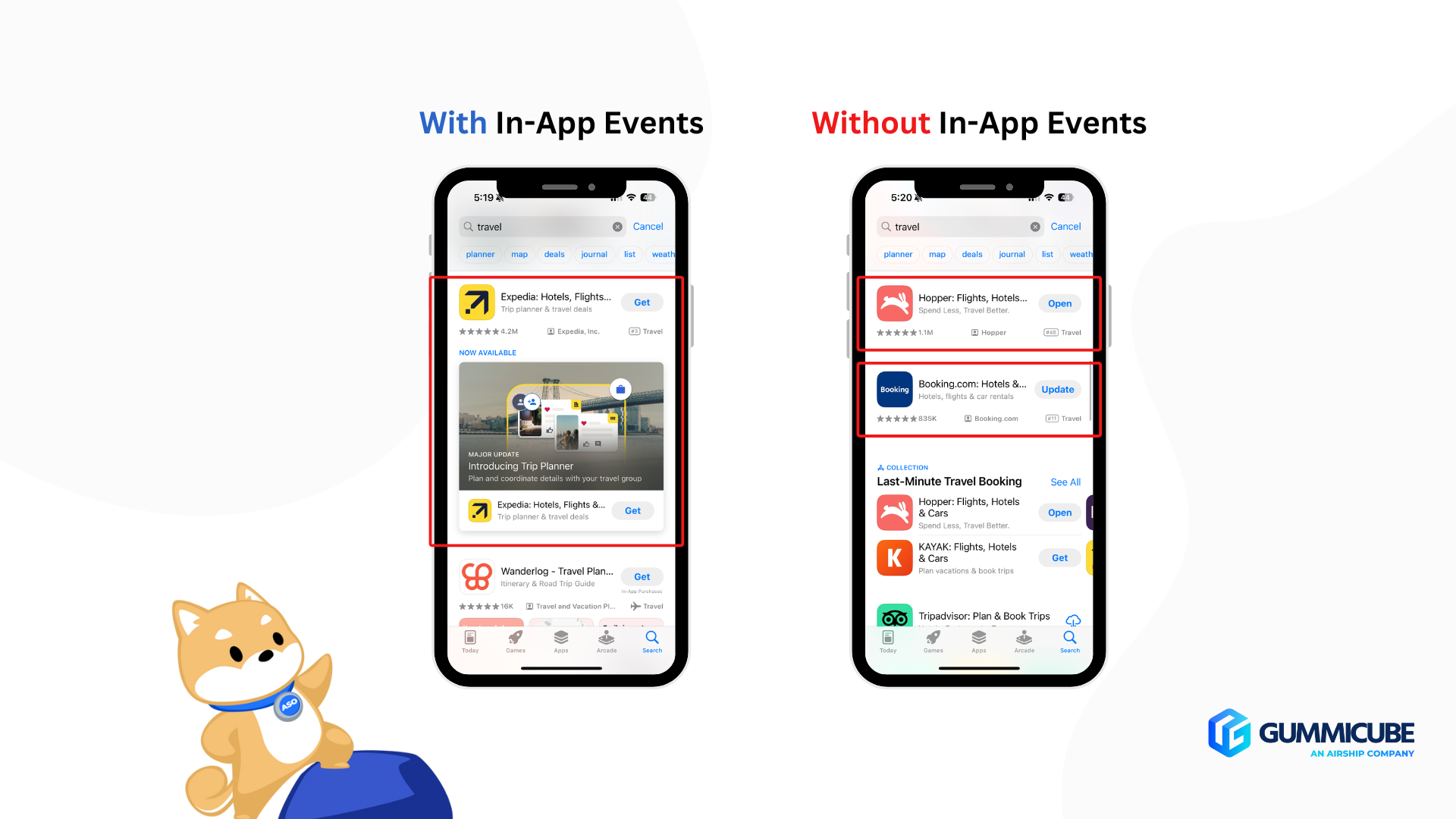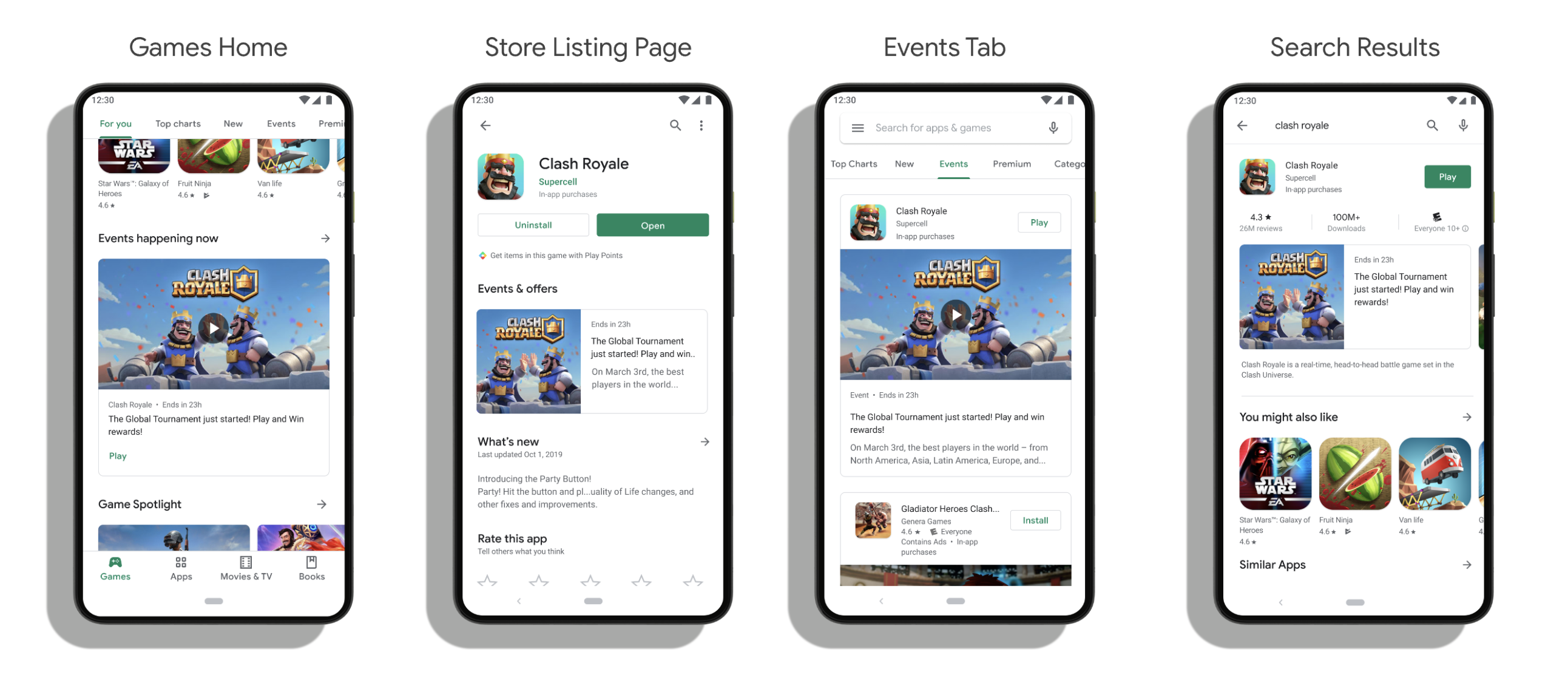App Promotion Tips & Trends
May 31st, 2024

Mobile usage has increasingly become a part of our everyday lives. So much so, that more and more users depend on their phones year over year, making them and the apps within them a necessity. Exemplifying this is the explosion of first-time app downloads observed worldwide, reaching 257 billion in 2023 according to Statista. Sure - there are tons of silly and “reskinned” apps with questionable value, but there are also several mobile-first companies and brands entering with conviction.
To compete in today’s market, developers and app marketers need to learn to successfully leverage App Store Optimization to compete in the ever-evolving app store markets.
App Promotion - Connect With Your Audience
App store search still leads in discovery, so any app marketing plan should be built on the solid foundation of a well-designed app and App Store Optimization best practices. However, simply applying a keyword optimization every now and then to your listing won’t cut it in this era of app promotion.
Both the iOS App Store and Google Play have undergone significant changes in recent years – changes that warrant a new approach to ASO. User personalization, re-engagement, and cross-platform promotion are all essential areas of ASO that have transformed how developers tackle app store marketing.
So how can you compete in this new age of digital marketing for mobile apps? Let’s take a look.
Custom Product Pages & Custom Store Listings
Your app may be the right fit for users, but what if they don’t know that? It’s hard to relate to the needs of every single potential user who comes across your listing. After all, you only have a few text fields, screenshots, and a video to highlight the full value of your app. So how can you make sure you’re attracting all of your target audiences, even if there are differences between them? Apple’s Custom Product Pages and Google’s Custom Store Listings.
App Store Custom Product Pages (CPPs) are a powerful tool for creating personalized experiences for different user segments. By being able to customize the different elements of your App Store listing you can create distinct experiences for the types of users you’re looking to attract.
For example, if you have an outdoor activity app, one group of users might be more interested in the biking features you offer. However, another group of users might want to interact with the hiking side of your app. You can create two separate listings with their respective screenshots that highlight the features related to each audience’s preferred activity.
Google Custom Store Listings (CSLs) perform similarly as they also allow developers to create personalized experiences. A major Google Play change that recently came to CSLs was the ability to target specific terms when pushing them live. Like CPPs, your Custom Store Listing can reach users searching for keywords, providing the opportunity to target your audience based on their needs, region, URL, or ad campaign.
By using Custom Product Pages and Custom Store Listings, you’ll be poised to resonate with your audience better than if you were only to rely on your broader, main store listing.
In-App Events & Promotional Content
So you’ve personalized your store experience and got the download, now what? App promotion doesn’t stop at the install. It is a continuous process to ensure users find, download, and keep using your app. However, when talking about App Store Optimization some developers may believe that acquisition is the end all be all with in-app activity doing the heavy lifting for retaining users. This isn’t always the case.
Both Apple and Google provide native tools developers can leverage to make sure their app remains visible in the eyes of users who have already engaged. Apple’s In-App Events (IAE) and Google’s Promotional Content (PC) are two resources app marketers can use to keep their app relevant.
In-App Events appear as cards of content across different App Store placements. They can be used to promote current promotions, seasonal updates, events, and more. Users can see In-App Event cards in the Today Tab, Games & Apps tabs, and search results. Developers often rely on IAE to inform existing and lapsed users about relevant content to boost engagement.
Additionally, apps not utilizing In-App Events run the risk of rendering their app virtually invisible in the face of competition in search results. Users who have engaged with your app in the past will see a much smaller listing when compared to other apps that are running them.

Google Play Promotional Content is the Android equivalent of In-App Events, allowing you to showcase relevant real-time content to aid in user retention and engagement. However, in 2024 Google introduced a catch; Promotional Content is now part of Google Premium Growth Tools, meaning developers will have to fulfill certain criteria in order to be eligible to use PC.
Despite the newly introduced barrier to entry, Promotional Content remains an essential element of your Google Play ASO strategy if you want to stay relevant across different content placements on the Play Store.

You’ve leveraged the tools necessary to stand out in the App Store and Google Play, but what about outside of it?
Mobile Deep Linking
App Deep Links take your marketing efforts beyond the boundaries of the App Store & Play Store by letting you connect with users navigating other digital platforms. Say you’re looking to target users on Instagram and want a link to your app in your page’s bio. Both Apple and Google provide resources to enable you to create URLs that you can use for cases like this.
Apple’s Universal Links and Google’s Android App Links are two powerful tools for connecting users with content you’d like to promote. Whether it’s a new product, seasonal update, or promotion, deep links can be inserted into different app marketing campaigns and initiatives to customize where users arrive in your app and where they come from.
No longer is it enough to focus simply on the tools provided by Apple and Google to market inside the app stores. ASO now goes far beyond initial acquisition and single platform focus. In order to attract, convert, and retain users, developers must use all the app marketing tools at their disposal to stay competitive and succeed in these ever evolving digital marketplaces.
Need help with your app promotion? Get in touch with the ASO experts at Gummicube today!

